Unlocking the Secrets of Sepedi Traditional Attire
Unlocking the Secrets of Sepedi Traditional Attire

Introduction
If you are interested in exploring the rich traditions and cultural heritage of South Africa, you cannot overlook the beauty and significance of Sepedi Traditional Attire. With its vibrant colors, intricate designs, and unique styles, Sepedi traditional attire is a reflection of the Pedi people’s customs and beliefs.
What is Sepedi Traditional Attire?
Sepedi traditional attire refers to the clothing worn by the Pedi people, also known as the Basotho. It includes various garments such as dresses, skirts, tops, and accessories like headscarves and necklaces. The attire is characterized by bold and bright colors, geometric patterns, and traditional beadwork.
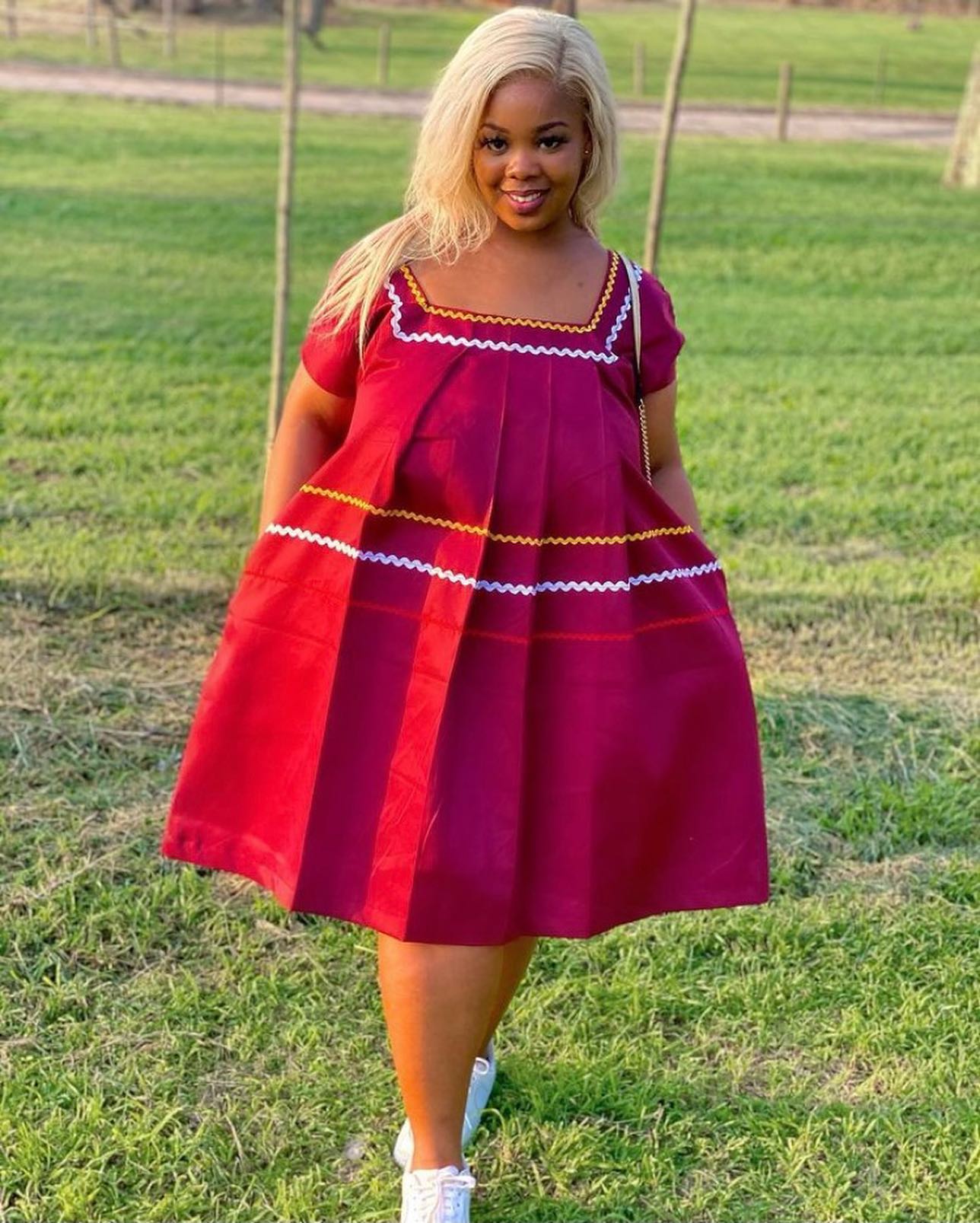
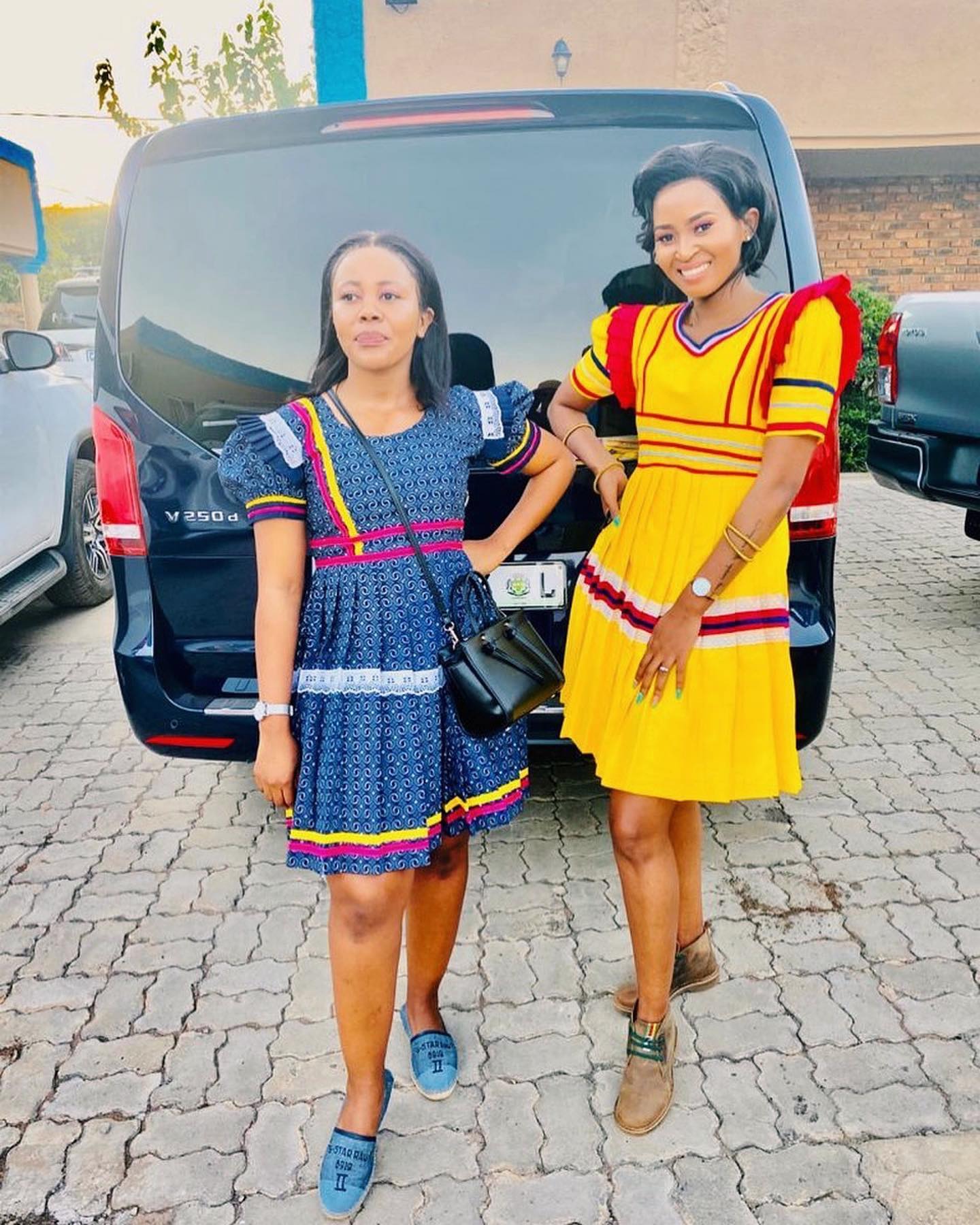

Significance and Cultural Importance of Sepedi Traditional Attire
Sepedi traditional attire holds great cultural importance among the Pedi people. It serves as a symbol of identity, heritage, and pride. Each garment and accessory carries a specific meaning and is worn for different occasions or ceremonies, such as weddings, initiation ceremonies, and cultural festivals. It is also a way for the Pedi people to express their creativity and showcase their craftsmanship in beadwork and embroidery.
The attire not only preserves the traditions of the Pedi people but also serves as a connection to their ancestors and the stories of their past. Through their traditional clothing, the Pedi people continue to celebrate their cultural heritage and captivate the world with their unique sense of style and cultural pride.
History and Evolution of Sepedi Traditional Attire
Origins of Sepedi Traditional Attire
Sepedi traditional attire, also known as Pedi or Northern Sotho attire, has a rich history that dates back centuries. The Sepedi people, an ethnic group in South Africa, have long embraced their traditional clothing as a way to express their cultural identity and heritage. These attire styles are deeply rooted in the customs, beliefs, and values of the Sepedi culture.

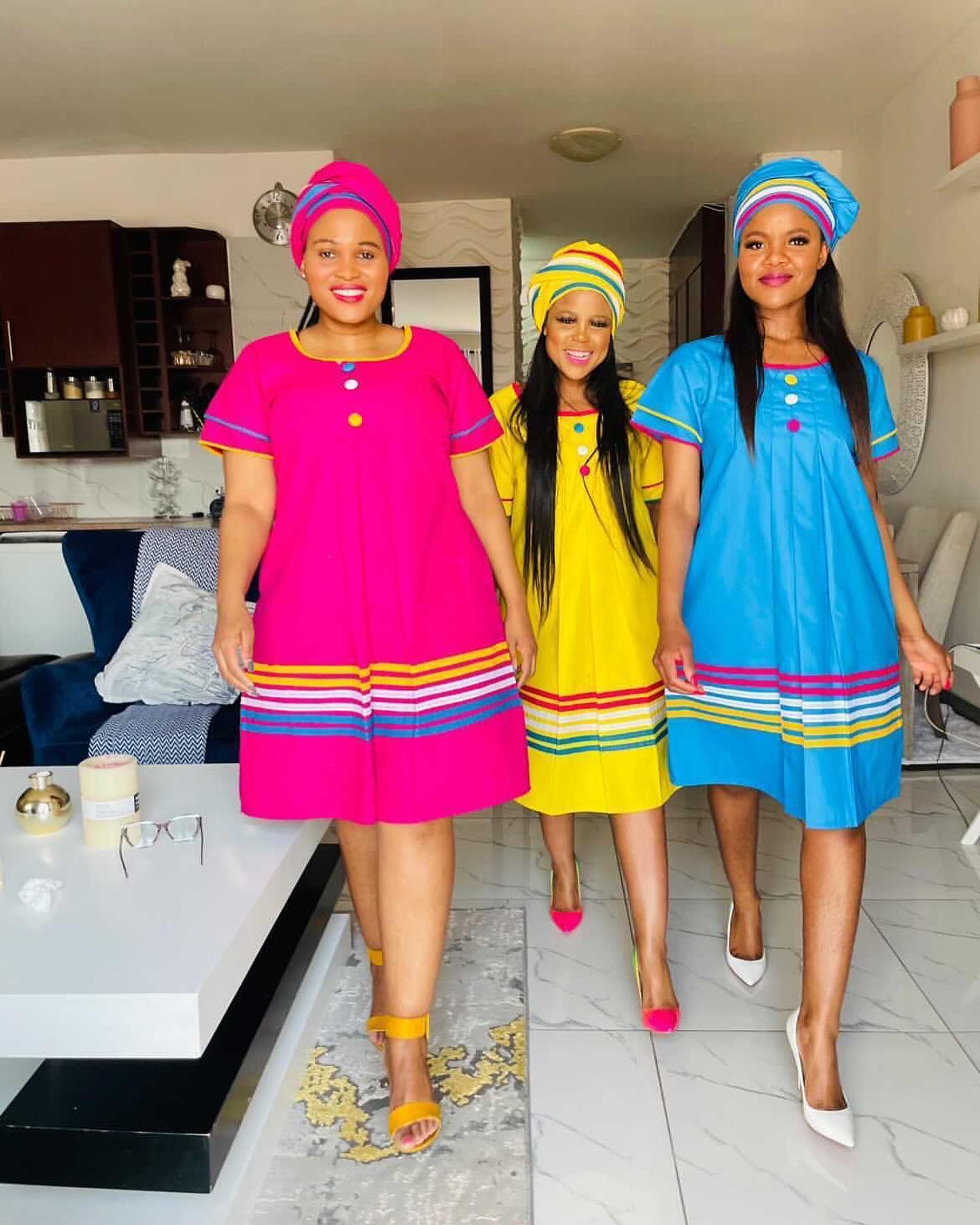
Influence of historical events on the development of Sepedi Traditional Attire
Historical events, such as colonization and urbanization, have had a significant impact on the development of Sepedi traditional attire. During colonization, Western clothing styles were introduced to the Sepedi people, leading to some changes in their traditional attire. Additionally, the transition from rural to urban areas brought about modern influences and interactions with other cultures, resulting in the fusion of traditional and contemporary elements in Sepedi clothing.
Changes and adaptations in Sepedi Traditional Attire over time
Over time, Sepedi traditional attire has undergone various changes and adaptations to reflect the evolving tastes and preferences of its wearers. Today, designers and artisans experiment with different fabrics, colors, and designs to create unique and modern interpretations of Sepedi clothing. Despite these adaptations, the essence of Sepedi traditional attire, with its vibrant colors, intricate beadwork, and traditional accessories, still remains an integral part of Sepedi culture and identity.
Unlocking the secrets of Sepedi traditional attire allows us to appreciate the beauty, significance, and cultural heritage embedded in these garments. By understanding its history and evolution, we can embrace and celebrate this unique aspect of Sepedi culture.
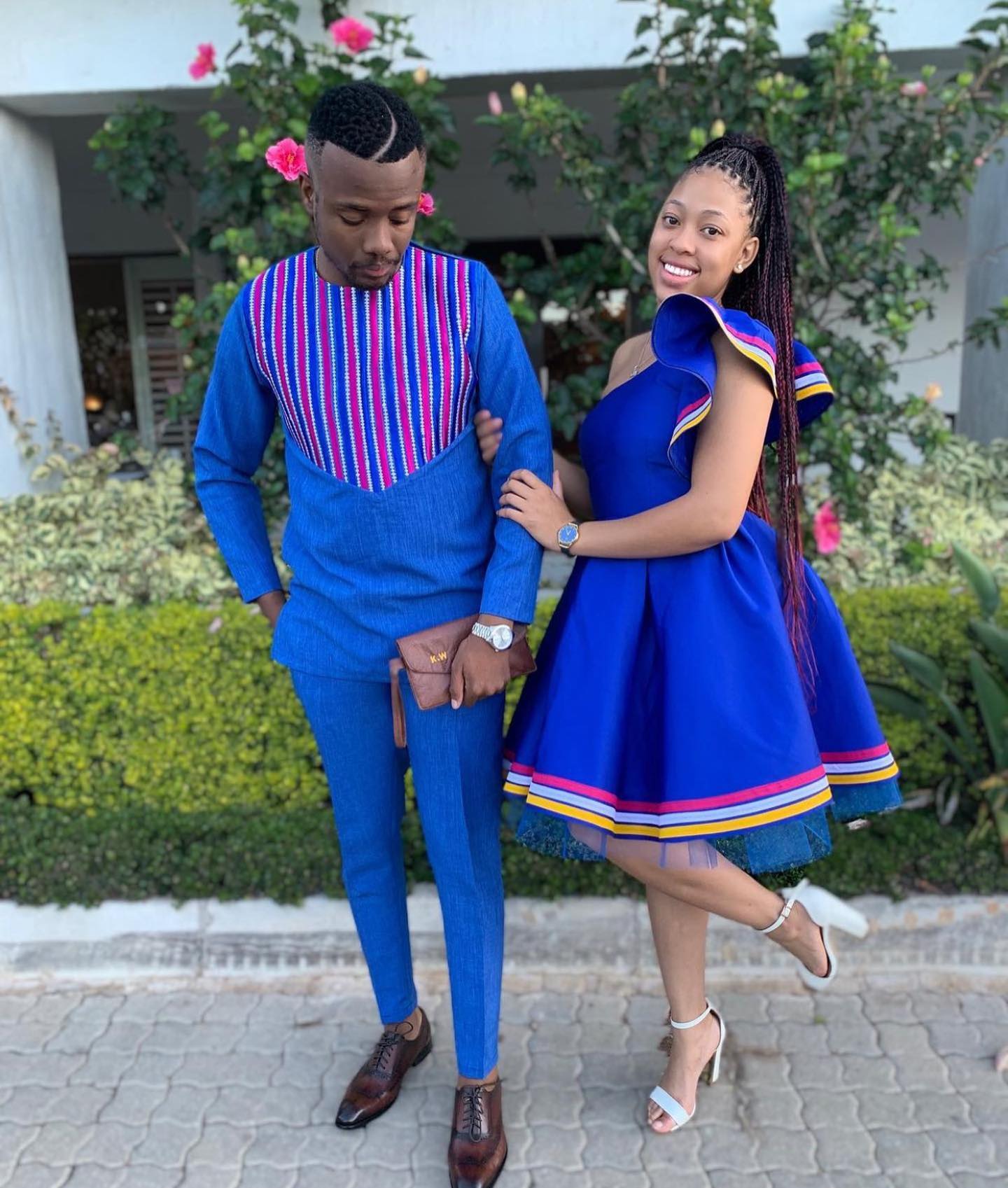

Key Elements of Sepedi Traditional Attire
The Sepedi people have a rich cultural heritage, and their traditional attire reflects their history, beliefs, and values. Understanding the key elements of Sepedi traditional attire can provide a deeper insight into the culture and traditions of this vibrant community.
Clothing styles and designs
Sepedi traditional attire typically consists of brightly colored fabrics and intricate patterns. Women often wear a dress called a “thari” or “tsonga,” which is adorned with decorative beads, embroidery, and pleats. Men commonly wear trousers called “seshoeshoe” or “kia,” along with a shirt and a colorful blanket or shawl.



Color symbolism in Sepedi Traditional Attire
Colors play an important role in Sepedi traditional attire, as they convey specific meanings and symbolism. For example, the color blue symbolizes wisdom, while black represents strength and authority. Red is associated with power and passion, while yellow signifies wealth and prosperity.
Accessories and adornments
Accessories and adornments are integral components of Sepedi traditional attire. Both men and women wear beaded necklaces, bracelets, and earrings made from a variety of materials, such as glass beads, cowrie shells, and metal. Headpieces, such as hats and scarves, are also commonly worn to complement the overall outfit.
Understanding the key elements of Sepedi traditional attire allows us to appreciate and celebrate the culture and heritage of the Sepedi people. From the vibrant colors to the intricate designs, every element tells a story and contributes to the beauty and diversity of this traditional attire.
The Importance of Social Media Marketing in Today’s Business World
In today’s digital age, social media marketing has become an essential tool for businesses to connect with their target audience. With millions of active users on platforms like Facebook, Instagram, Twitter, LinkedIn, and YouTube, companies have the opportunity to reach a wide range of potential customers.
Social media marketing offers numerous advantages for businesses. Firstly, it provides a cost-effective way to promote products, services, and brand messages. Secondly, it allows for targeted advertising, ensuring that your marketing efforts are reaching the right people. Thirdly, it enables businesses to engage with their audience through comments, likes, and shares, fostering a sense of community and loyalty. Finally, social media provides valuable insights and analytics, allowing companies to track the effectiveness of their campaigns and make data-driven decisions.
In conclusion, social media marketing is an essential element of any comprehensive marketing strategy. By harnessing the power of social media platforms, businesses can increase brand visibility, connect with their target audience, and ultimately drive growth and success.
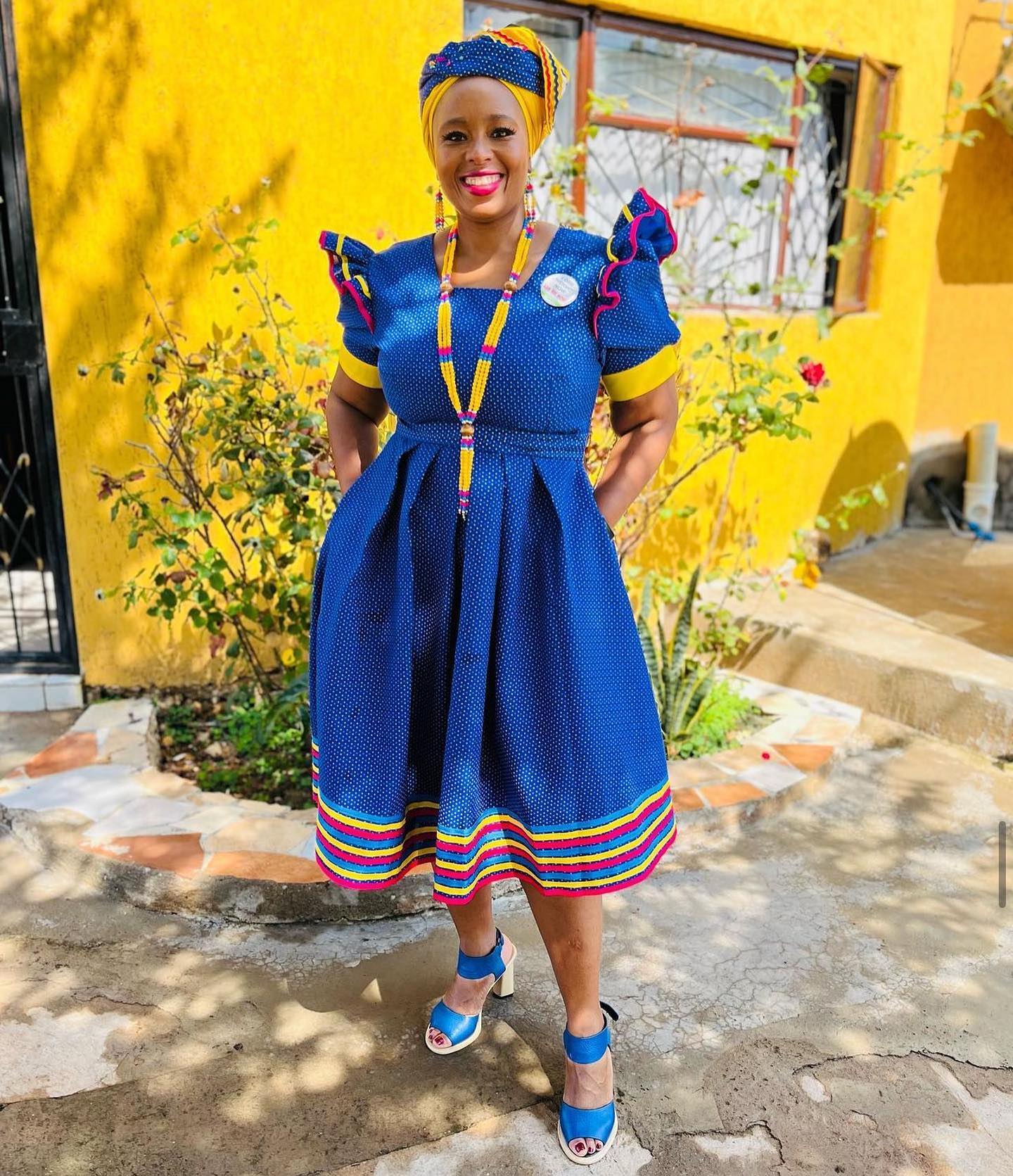
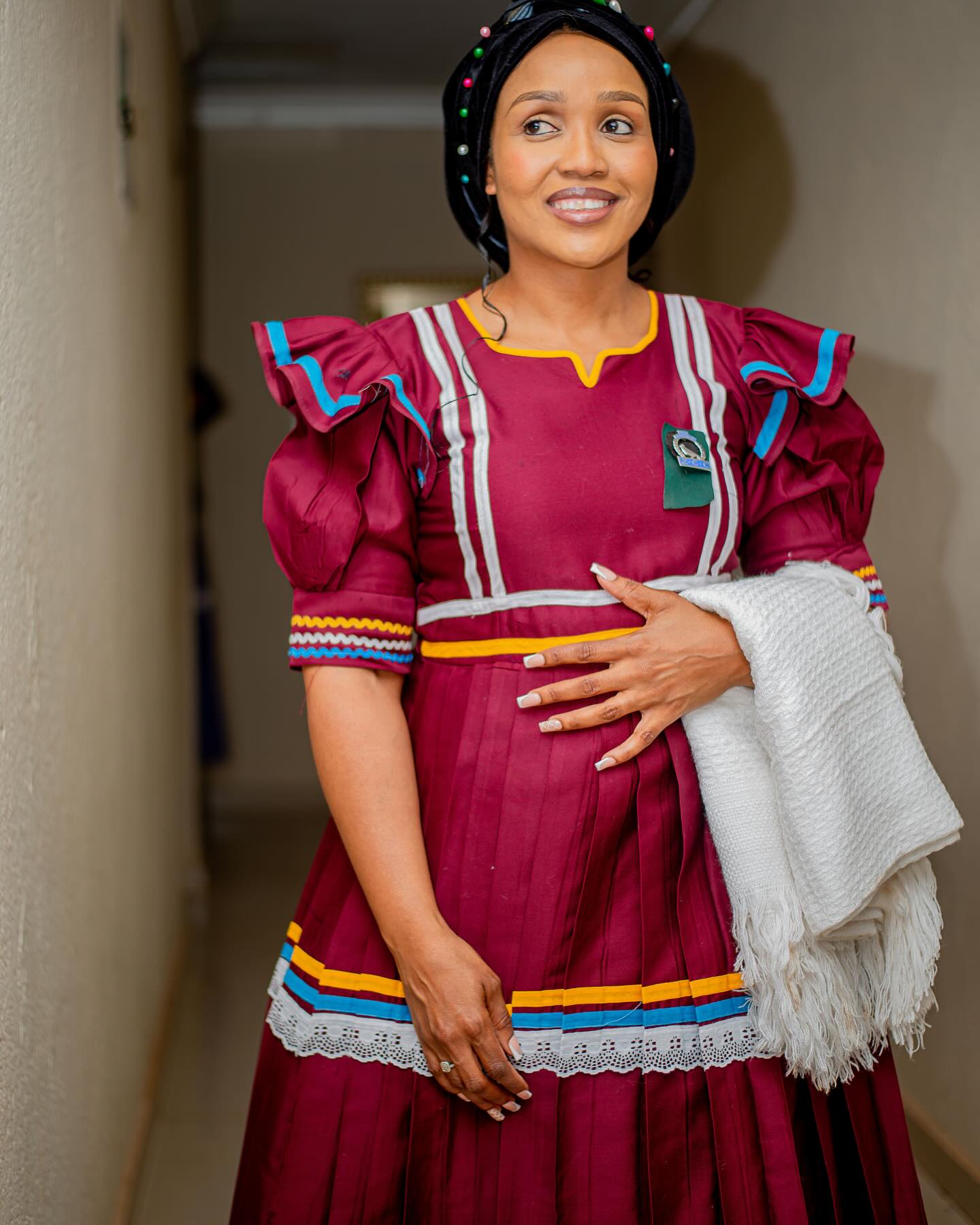
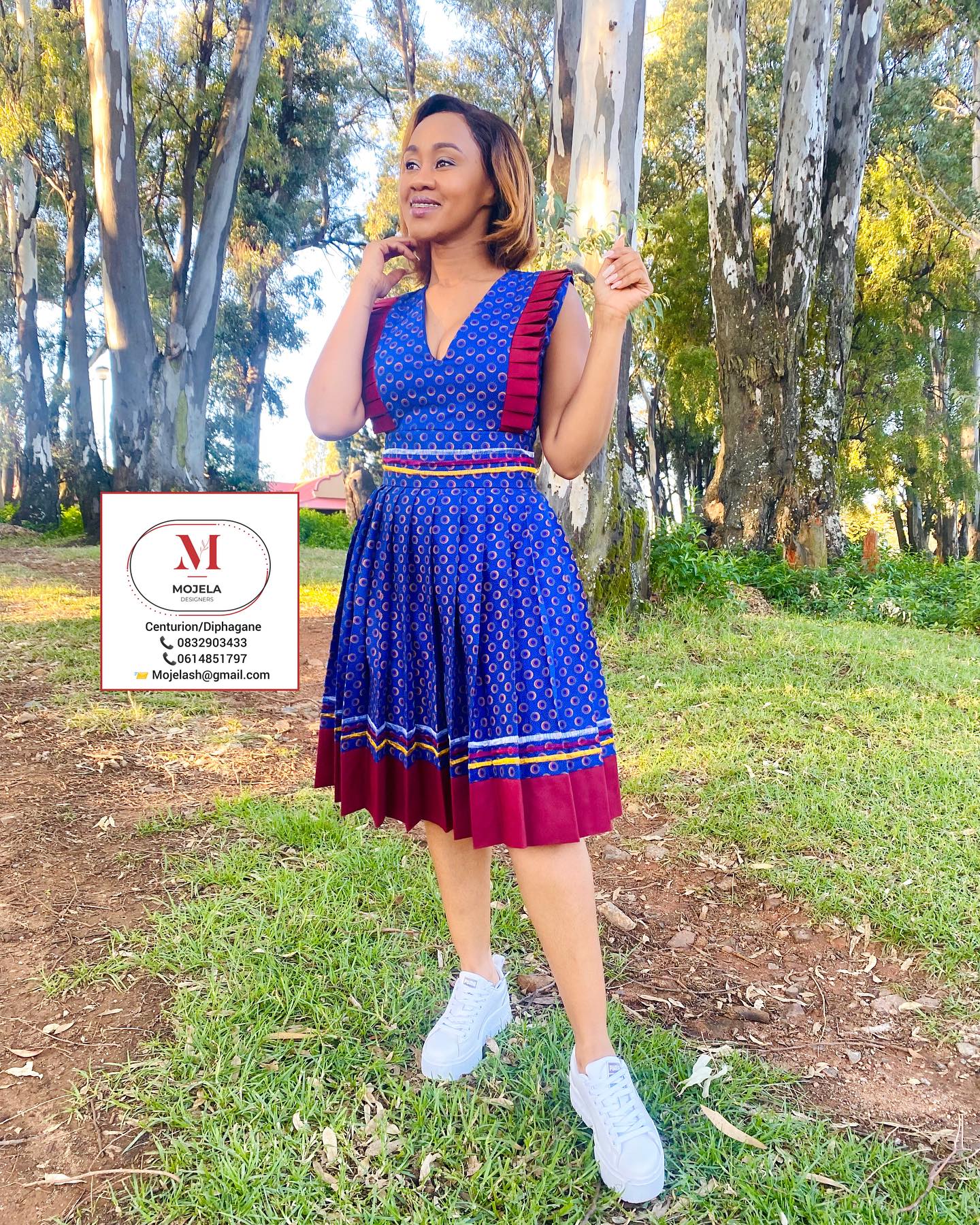


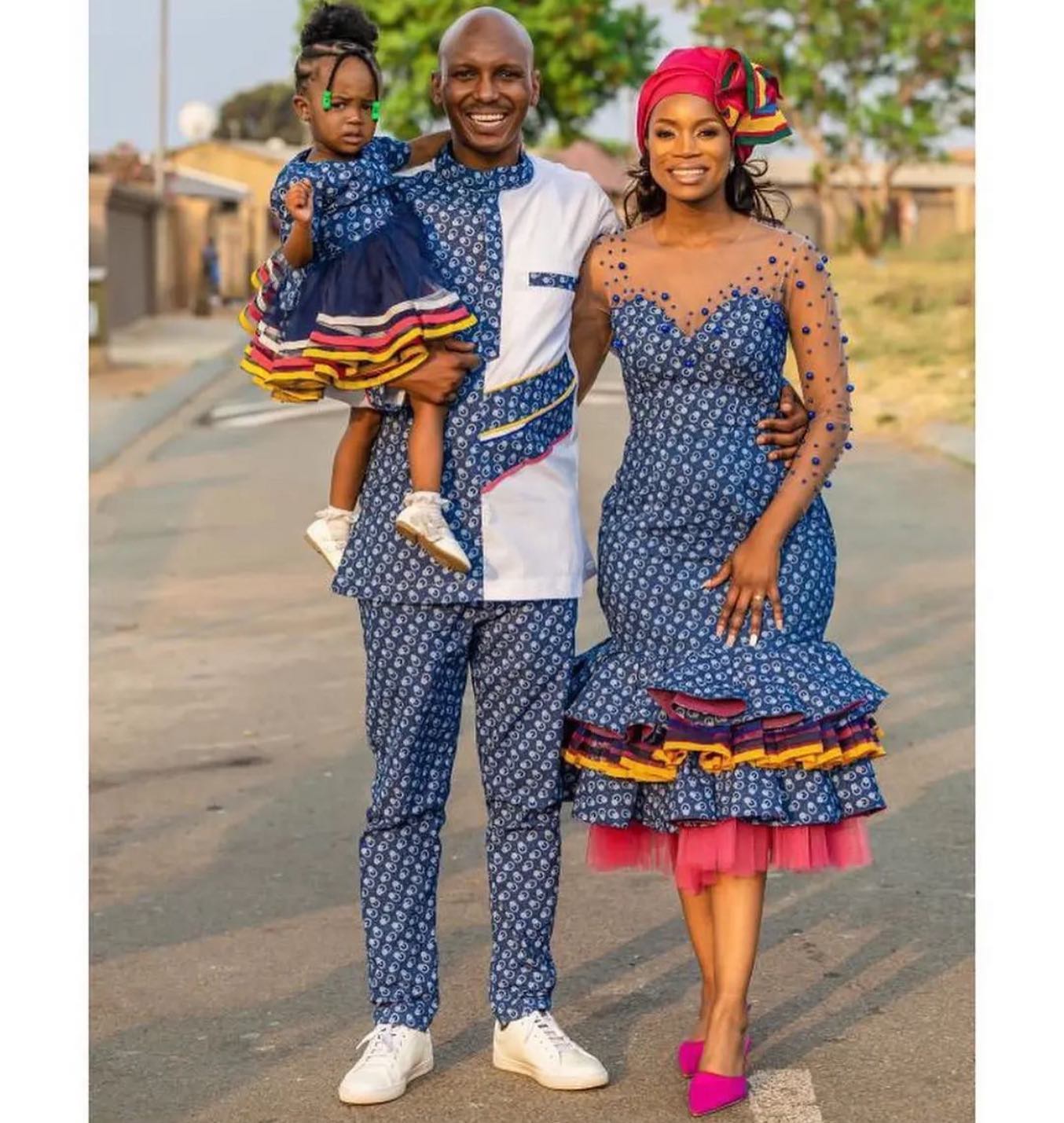
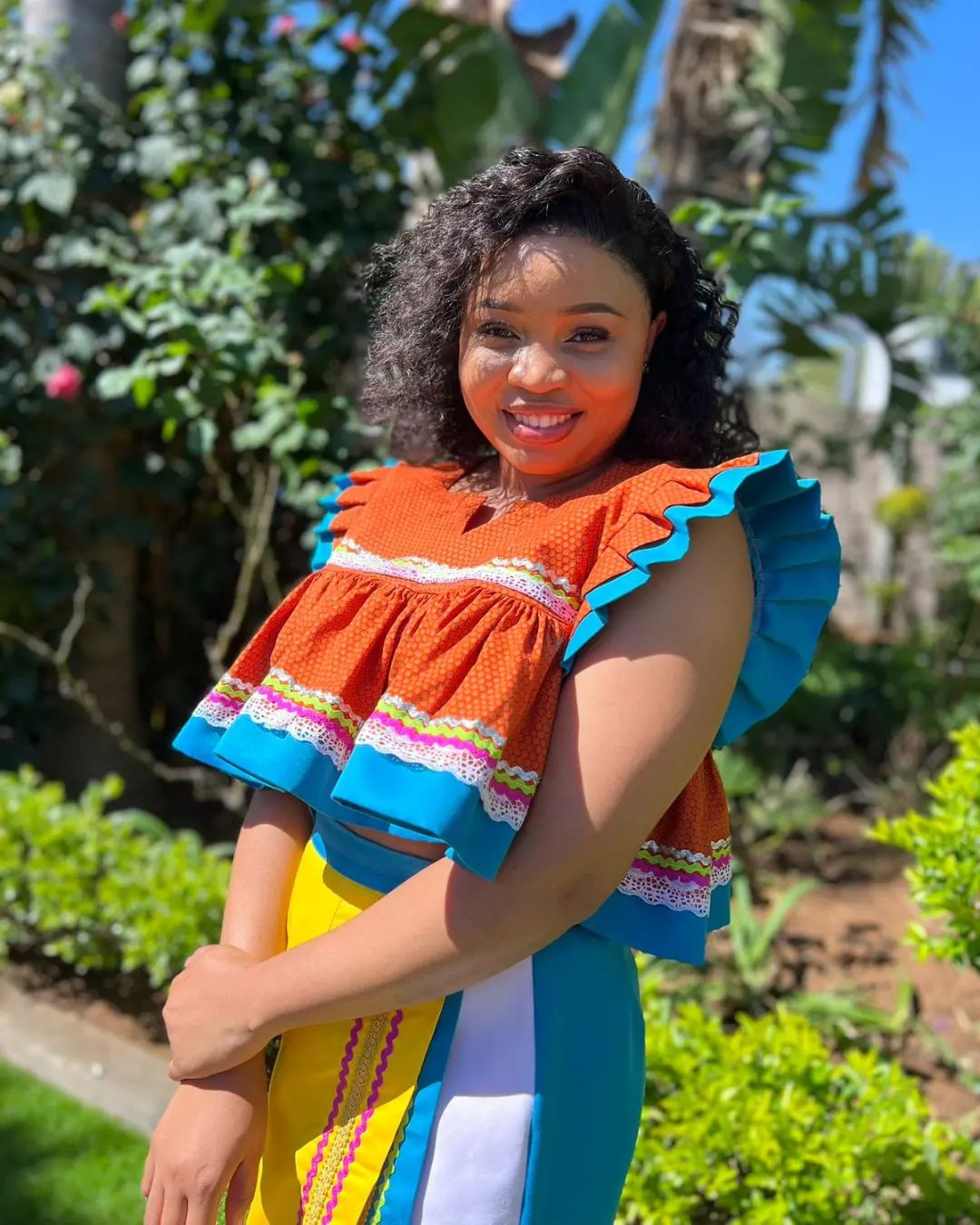


Comments are closed.